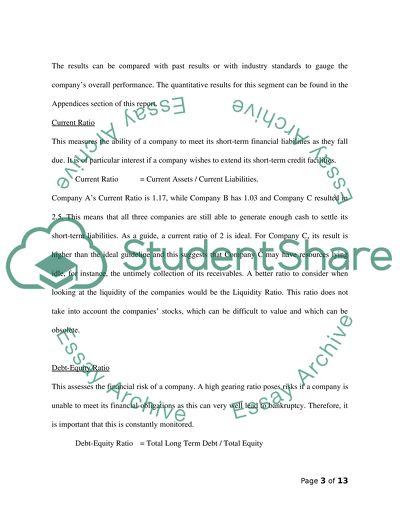Cite this document
(“Managing Financial Resources Essay Example | Topics and Well Written Essays - 2000 words”, n.d.)
Retrieved from https://studentshare.org/miscellaneous/1503388-managing-financial-resources
Retrieved from https://studentshare.org/miscellaneous/1503388-managing-financial-resources
(Managing Financial Resources Essay Example | Topics and Well Written Essays - 2000 Words)
https://studentshare.org/miscellaneous/1503388-managing-financial-resources.
https://studentshare.org/miscellaneous/1503388-managing-financial-resources.
“Managing Financial Resources Essay Example | Topics and Well Written Essays - 2000 Words”, n.d. https://studentshare.org/miscellaneous/1503388-managing-financial-resources.


